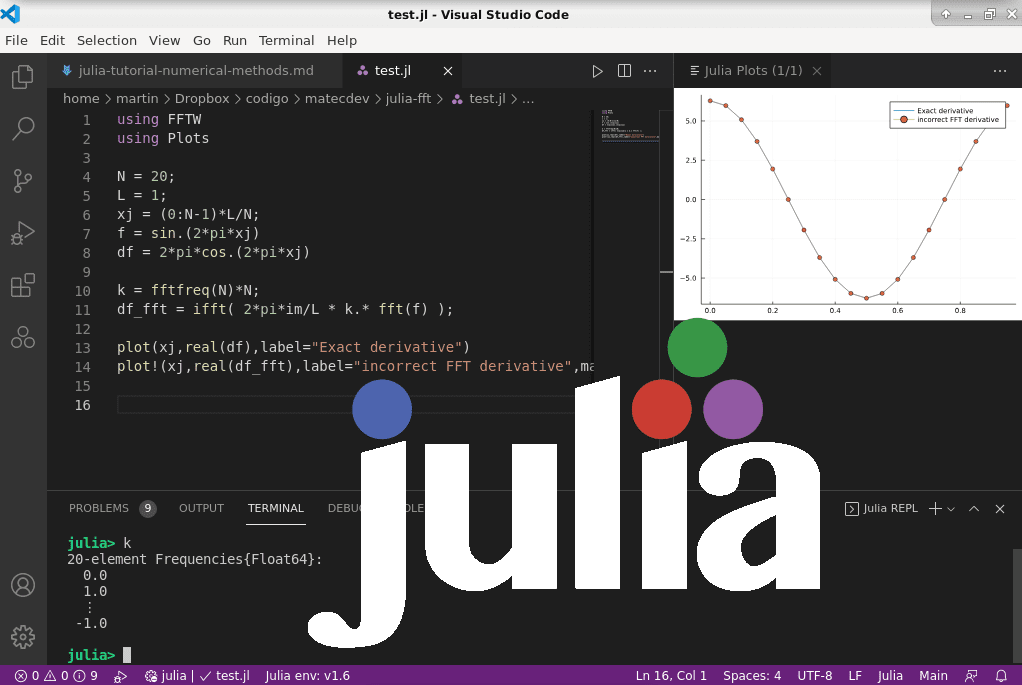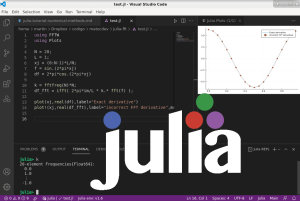Another key feature of Julia is its ease of use. Julia has a simple and intuitive syntax that’s easy to learn and read. It’s designed to be similar to Python and Matlab, which makes it easy for those who are already familiar with those languages. Julia’s syntax is also flexible, which means you can write code in a way that makes sense to you.
Julia is also designed to be interactive. It has a REPL (read-eval-print loop) that allows you to write and execute code interactively. You can quickly test and debug your code without having to run the entire program.
One of the unique features of Julia is its type system. Julia’s type system is dynamic, but it also allows you to specify the types of variables if you want to. Julia’s type system is also parametric, which means you can create generic functions that work with different types of data. This makes Julia’s code more generic and reusable.
Julia also supports multiple dispatch, which means that the same function can have different implementations depending on the types of the arguments. This allows you to write more expressive and flexible code.
Another key feature of Julia is its package manager. Julia has a built-in package manager that makes it easy to install and use third-party packages. The Julia community has developed many packages for various tasks, from data analysis to machine learning. Installing and using these packages is as simple as running a few lines of code.
Julia’s package manager also has a feature called “environments,” which allows you to manage different sets of packages for different projects. This makes it easy to maintain and reproduce your code and its dependencies.
Julia also has excellent support for parallel computing. It has built-in support for multi-threading, multi-processing, and distributed computing. This allows you to take advantage of multiple processors and run your code faster.
One of the challenges of parallel computing is managing shared memory. Julia has a unique feature called “tasks” that allows you to manage shared memory in a safe and efficient way. Tasks are lightweight threads that can run in parallel, and Julia’s task scheduler takes care of managing shared memory.
Julia also has excellent support for data visualization. It has built-in support for plotting, and it also supports many third-party packages for more advanced visualization tasks. Julia’s plotting syntax is simple and intuitive, and it allows you to create beautiful and informative plots with just a few lines of code.
Julia has a growing community of developers and users. The Julia community is passionate and supportive, and they are constantly developing new packages and tools to make Julia even better.
In conclusion, Julia is a high-performance programming language that’s easy to use and perfect for scientific and technical computing. Its speed, ease of use, interactive environment, and package manager make it an excellent choice for data analytics and machine learning. Its support for parallel computing, type system, multiple dispatch, and data visualization make it a powerful tool for scientific computing. With its growing community and active development, Julia is a language that’s worth learning and using.
Here is the official website to learn everything about Julia: https://julialang.org
Note: Written by ChatGPT, instructed by me 🙂









